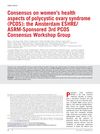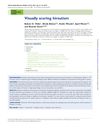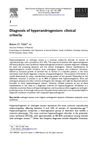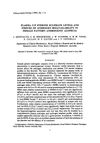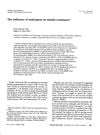Effect of Metformin on Clinical and Biochemical Hyperandrogenism in Adolescent Girls with Type 1 Diabetes
April 2019
in “
Journal of Pediatric Endocrinology and Metabolism
”
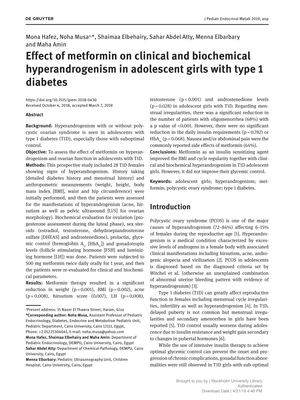
TLDR Metformin improved menstrual cycle regularity and signs of hyperandrogenism in adolescent girls with type 1 diabetes but did not improve blood sugar control.
The study evaluated the impact of metformin on 24 adolescent girls with type 1 diabetes (T1D) and hyperandrogenism over a one-year period. Participants received 500 mg of metformin twice daily. Significant improvements were observed in menstrual cycle regularity, with 68% of patients reporting regular cycles post-treatment, and reductions in hirsutism (Ferriman-Gallwey score decreased by 12.88%), acne (44.4% reduction), and levels of LH, LH/FSH ratio, progesterone, total testosterone, and androstenedione. The prevalence of polycystic ovary syndrome (PCOS) diagnoses decreased by 32.14% among the participants. However, metformin did not significantly affect glycemic control or waist/hip ratio. Side effects were common, with 72% of patients experiencing nausea, abdominal pain, or occasional vomiting. Despite the lack of improvement in glycemic control, metformin was effective in improving BMI, cycle regularity, and clinical and biochemical signs of hyperandrogenism in the study population.

